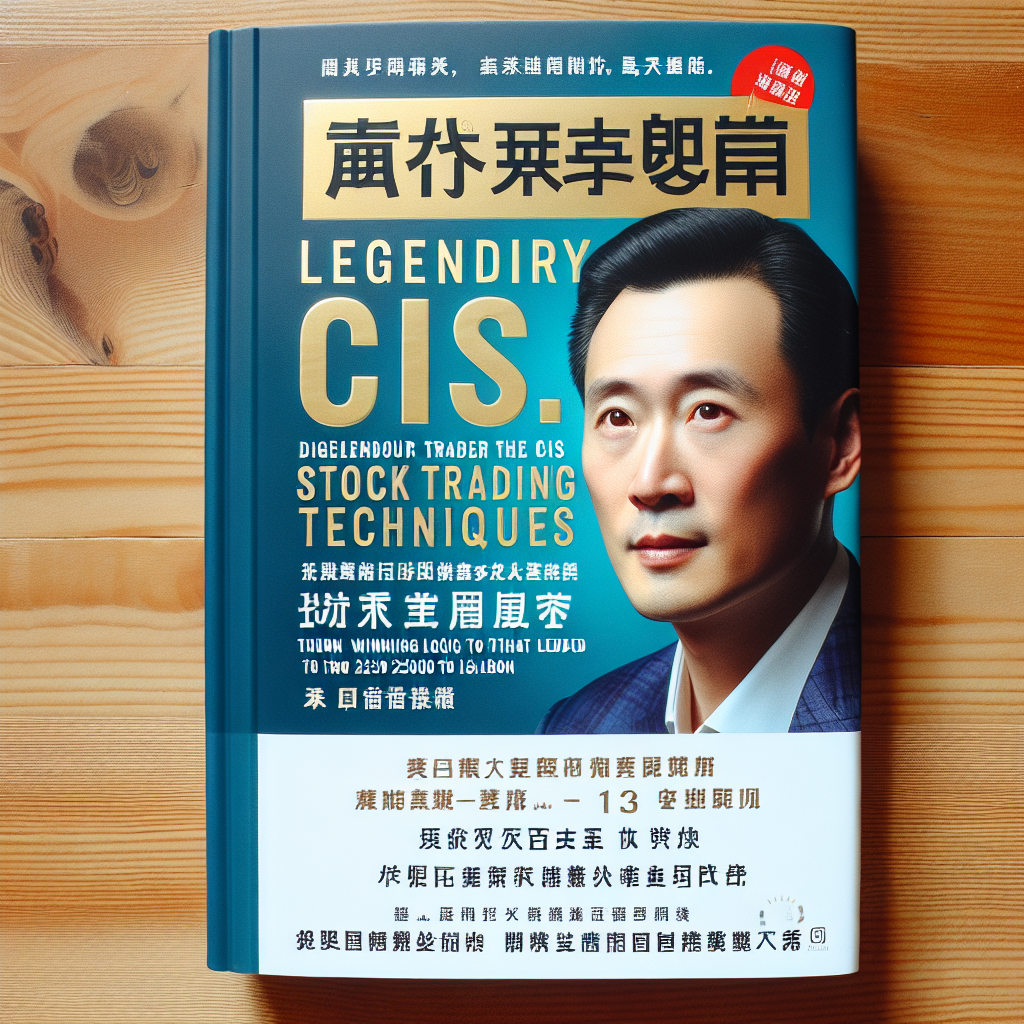
In today’s dynamic and competitive world, continuous innovation is not just a choice—it’s a necessity for survival and success. Without innovation, businesses stagnate, progress grinds to a halt, and competitors race ahead. But here’s the truth: innovation doesn’t happen in ivory towers or rely on grand, world-changing ideas. It’s built through constant experimentation — small, deliberate, and fast iterations that, over time, create extraordinary results.
Marc Randolph, Netflix's co-founder and first CEO, captured this brilliantly in his book That Will Never Work. He reminds us, "The key to being successful is not how good your ideas are, it's how good you are at being able to find quick, cheap, and easy ways to try your ideas." Success doesn’t depend on one perfect plan. It comes from cultivating a mindset where ideas are tested quickly, failures are embraced as lessons, and improvements are made consistently.
Every small experiment is a step forward. Every lesson learned is fuel for growth. The magic lies in momentum—taking action, testing ideas, and moving closer to innovation every single day.
Many people misunderstand lean methodologies, believing they’re only about cutting costs or improving quality. In reality, the Toyota Production System (TPS) was born from necessity and ingenuity. Toyota had no choice but to innovate; they had to shorten the time from order to delivery and generate cash flow faster (the “dash to cash”) to survive against far larger American competitors. Their solution? Relentless experimentation at scale.
Today, Toyota runs over one million experiments every year, at all levels of the organization. Each experiment—no matter how small—contributes to their mission of achieving efficiency, agility, and excellence. Their success is not built on a single genius idea but on a culture of trying, learning, and improving constantly.
If Toyota can innovate at such scale, so can you. Don’t wait for resources you think you lack. Innovation isn’t about having more; it’s about using what you have creatively and courageously.
As Antoine de Saint-Exupery, author of The Little Prince, wisely said, "Perfection is achieved not when there is nothing more to add, but when there is nothing left to take away." Perfection is not an endpoint—it’s a direction. The journey of continuous improvement means stripping away the unnecessary, refining what works, and always moving forward.
In every successful business, innovation starts with action. It’s about creating a culture where everyone—at every level—feels empowered to test ideas, challenge assumptions, and learn from results. The smallest experiments, when multiplied, can lead to game-changing breakthroughs.
Don’t let fear of failure hold you back. In experimentation, failure is not the opposite of success—it’s part of the process. Start small, move fast, and embrace the lessons along the way. The road to innovation is paved with curiosity, courage, and relentless experimentation.
Take the first step. Experiment. Improve. Repeat. That’s where transformation happens.







